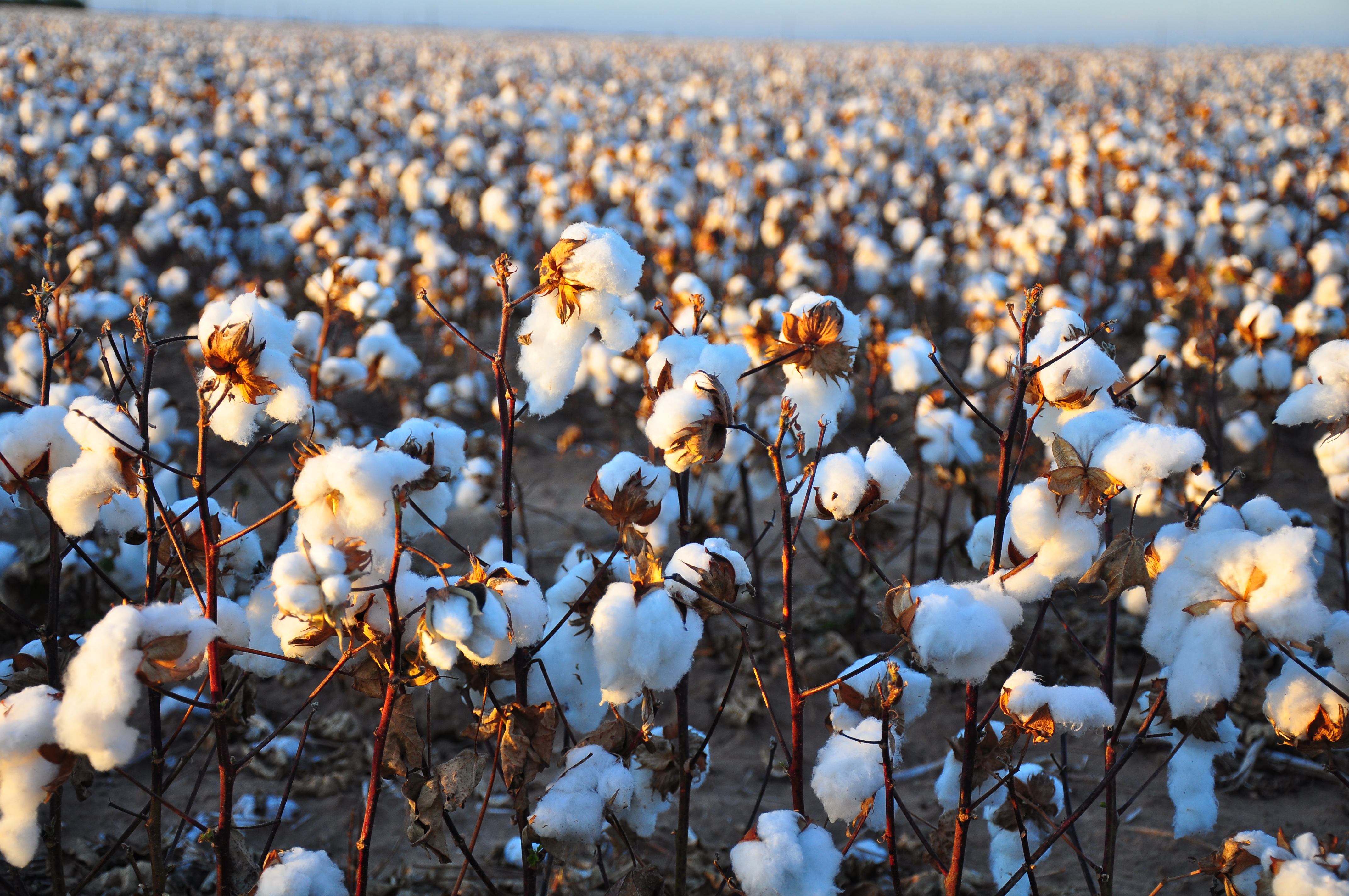Shoppers rarely think about the footprint their clothing contains, but the clothing life cycle generates a massive amount of environmental and occupational hazards. The earth was not always as threatened by the fashion industry as it is now. World War I is an example of a time where most clothing was repaired, mended, or tailored to fit other family members, or recycled within the homes as rags or quilts. While the reasoning behind this was not because citizens cared about the environment, but rather the simple fact that it was a governmental campaign to conserve, it still resulted in an estimated 10% reduction in the production of trash. This decrease didn’t last very long once the campaign was over and consumption habits returned but it does send us a message that we can create change, specifically de-growth in our production of fashion goods.
“Make economy fashionable lest it become obligatory”

To start, one of the most common materials used in the clothing industry is polyester, which is made from petroleum. As we know, petroleum is a nonrenewable resource that has many environmental impacts. The production of polyester has doubled in the last 15 years, and doesn’t seem to be slowing down any time soon. The process in which polyester is produced requires large amounts of crude oil and releases a variety of emissions such as volatile organic compounds, particulate matter, and acid gases like hydrogen chloride; all of which can cause or aggravate respiratory disease. While many consumers feel distant from the impacts their clothing has, we should all feel a little more obligated to tackle this issue in that it is not just an environmental subject, but a human health problem. Waterways are also polluted by the addition of volatile monomers, solvents and other by-products of polyester production in factory plants (Claudio 2007).

Cotton, one of the most popular and versatile fibers used in clothing manufacture, also has a significant environmental footprint. This crop accounts for about a fourth of pesticide use in the United States. These pesticides run off into streams and eventually enter our human system in relation of health. The U.S. is the largest exporter of cotton in the world, as subsidies keep prices low and production high, driving the globalization of fashion (Claudio 2007).
Only about 1/5th of clothing donated to charities is directly used or sold in their thrift shops. “There are nowhere near enough people in America to absorb the mountains of castoffs, even if they were given away” (Claudio 2007). Meaning, there are too many clothes being produced than necessary or that we can even begin to handle. With our trends of great production and consumption of fashion goods, the only feasible sustainable option for the future is to recycle these products after their life with the consumer (Claudio 2007). Innovative eco-fashions are being developed and made available to consumers at different prices. See tab “The Future is… Near” for more information on recycling efforts.
Citations:
Claudio, L. (2007). Waste Couture: Environmental Impact of the Clothing Industry. Environmental Health Perspectives, 115(9), A448-A454.